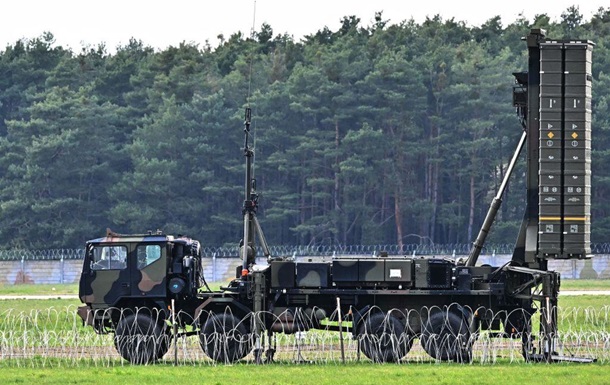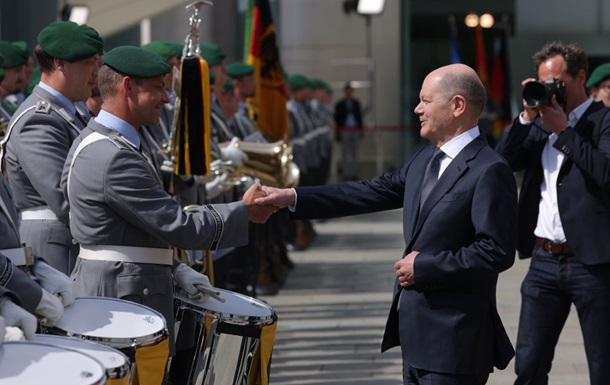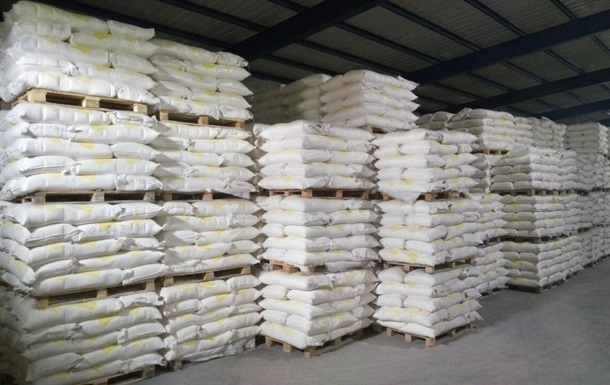Enough time has passed since the television format was changed. TV viewers had the opportunity to objectively assess the advantages of the new format of television broadcasting.
What gave the transition to the state
For a short time, digital and analog television worked together. At that time, users could choose a convenient TV viewing format. After the preparatory period, the analog transmitters were turned off at the same time, so only the digital signal remained on the air.
The final transition to the DVB-T2 standard brought the following benefits to the state:
• the prestige of the state increased. Thanks to the great possibilities of digital television, the majority of countries in the world use the latest television technologies on their territory. Interstate cooperation in this area contributes to the development of promising types of television, for example, three-dimensional images, images with high and ultra-high definition;
• free air frequencies, because ten channels are transmitted only on one air frequency;
• the number of transmitters for transmitting a digital television signal has decreased, as the number of frequencies has decreased. For example, in Ostankino, analog signal transmission was carried out on nineteen frequencies;
• the power of the transmitter has decreased significantly. The digital signal is transmitted in coded form. A powerful generator is not required to generate such a signal;
• electricity consumption by repeaters across the entire territory of the state decreased. Saving electricity gives a big economic effect.
What users got
With the transition to digital broadcast television, the owners of television receivers have additional concerns.
1. Required antenna for digital TV. You cannot do without it when the TV does not have a built-in tuner. The set-top box is chosen for its reliability, ease of use and affordable price. It is not recommended to choose cheap Chinese models that quickly fail.
2. It is necessary to select and correctly install the television antenna. The television signal is received by the antenna of the decimeter range. When the reception is carried out at a great distance from the repeater or in the zone of unstable reception, then an additional antenna amplifier is used.
3. You need to connect and configure the tuner yourself or invite specialists from the service center. After connecting the antenna through the tuner to the TV, scan multiplexes in manual or automatic mode.
With a TV set operating in the DVB-T2 standard, there are big changes:
• it is possible to watch programs on 20 channels even in places where the analog signal was not received;
• high quality television picture. First of all, it was felt by TV viewers living in areas with unstable analog signal reception;
• increased pauses when switching channels using the remote control. If with an analog signal, channel flipping happened instantly, then the use of the processor to switch programs affected the speed of flipping. Delays with the inclusion of the selected channel have become more noticeable;
• additional delays appeared when switching on a new channel when switching from one multiplex to another. In this case, additional time is spent unpacking the new multiplex, and then searching for the desired channel. The speed of performing these operations depends on the performance of the processor;
• improved resistance to television signal interference. If the analog signal is distorted due to interference, but does not disappear completely, then during digital broadcasting, the television picture crumbles into cubes or disappears completely due to the low signal level.
Why does not show TV in digital format
Converting a TV to a digital format is not difficult. This is done independently or with the participation of a service center specialist. The following reasons that cause difficulties for reconstruction are usually encountered:
1. Antenna problems.
The antenna parameters must ensure stable signal reception at the location of the television receiver.
Choosing the exact direction of the antenna to the repeater is very important. When there is no direct line of sight to the tower, the indicator on the tuner is used for tuning.
The second reason for the insufficient level of the received antenna signal is the shading of the antenna by structures. In this case, an antenna amplifier is required.
2. Tuner failure.
The broadcast television signal is transmitted in the DVB-T2 format. A prefix is selected for it. The working format is indicated in the instructions and on the box of the set-top box. A tuner is a television signal decoder, so its correct choice is very important.
3. Unreliable contact of cable connections.
Cable lines should not be twisted or damaged. The contact of the connector with the block must be reliable. If the connector is connected with effort, it is possible to bend the leg, which means that the contact will be lost. Reconnecting the connectors makes it possible to detect a violation and restore the operation of the equipment.
In addition, frequent causes of malfunctioning of the tuner are failures of factory settings and breakdowns associated with violation of operating rules. To test the set-top box, try connecting it to a second TV.
In general, with the advent of over-the-air digital television, there have been big changes in watching television programs. Due to the high quality of the picture, many viewers do not pay attention to the small flaws of the new television format.


 274
274












